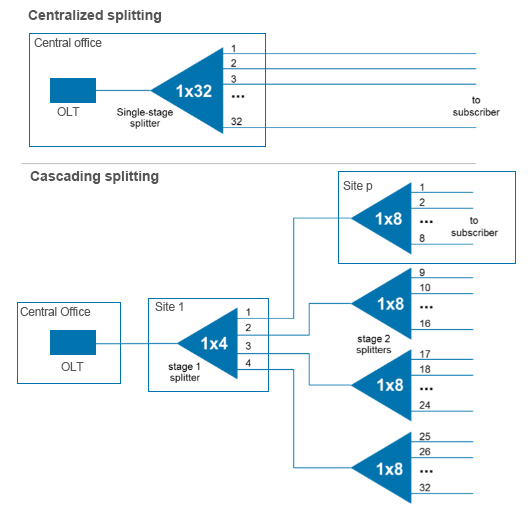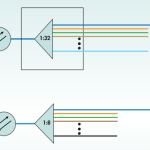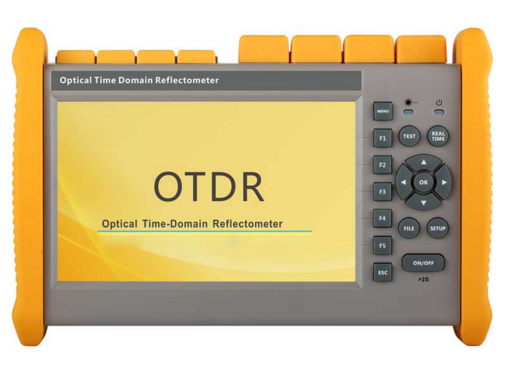Not all FTTH networks are built the same. Since construction and outside plant account for the majority of total network costs, getting the architecture right has a major impact on the business case. The network architecture can also impact time-to-market, labor/training requirements, future upgradeability, network performance, and ultimately customer satisfaction.
This paper provides an overview of two fundamental FTTH architecture categories – centralized and cascaded – that determines where in the network the fiber is split. Splitter placement and split ratios strongly impact the location and amount of fiber required, and hence the cost of deployment. This is followed by a discussion of several designs. The choice of fiber all the way to the home, or of using copper in the final drop to the customer premises (FTTdp) is also examined. This work draws upon over a decade of experience that CommScope has in helping service providers around the world design, build, and maintain FTTH networks, including variations such as FTTN, FTTC, and FTTB networks.
This overview paper is the first in CommScope’s FTTH Architecture Series. Papers in this series discuss different architectures, along with their benefits, trade-offs and disadvantages, providing an objective look at each architecture to help service providers make informed decisions.
1. Centralized or Cascaded? Or, how many splitter stages?
2. Centralized using Fiber Distribution Hubs (FDH)
3. Centralized using Closures
4. Cascaded using Closure
5. Cascaded with Fiber Reuse
6. Cascaded with Fiber Indexing
The promise of FTTdp: Gigabit speeds over the existing copper plant








